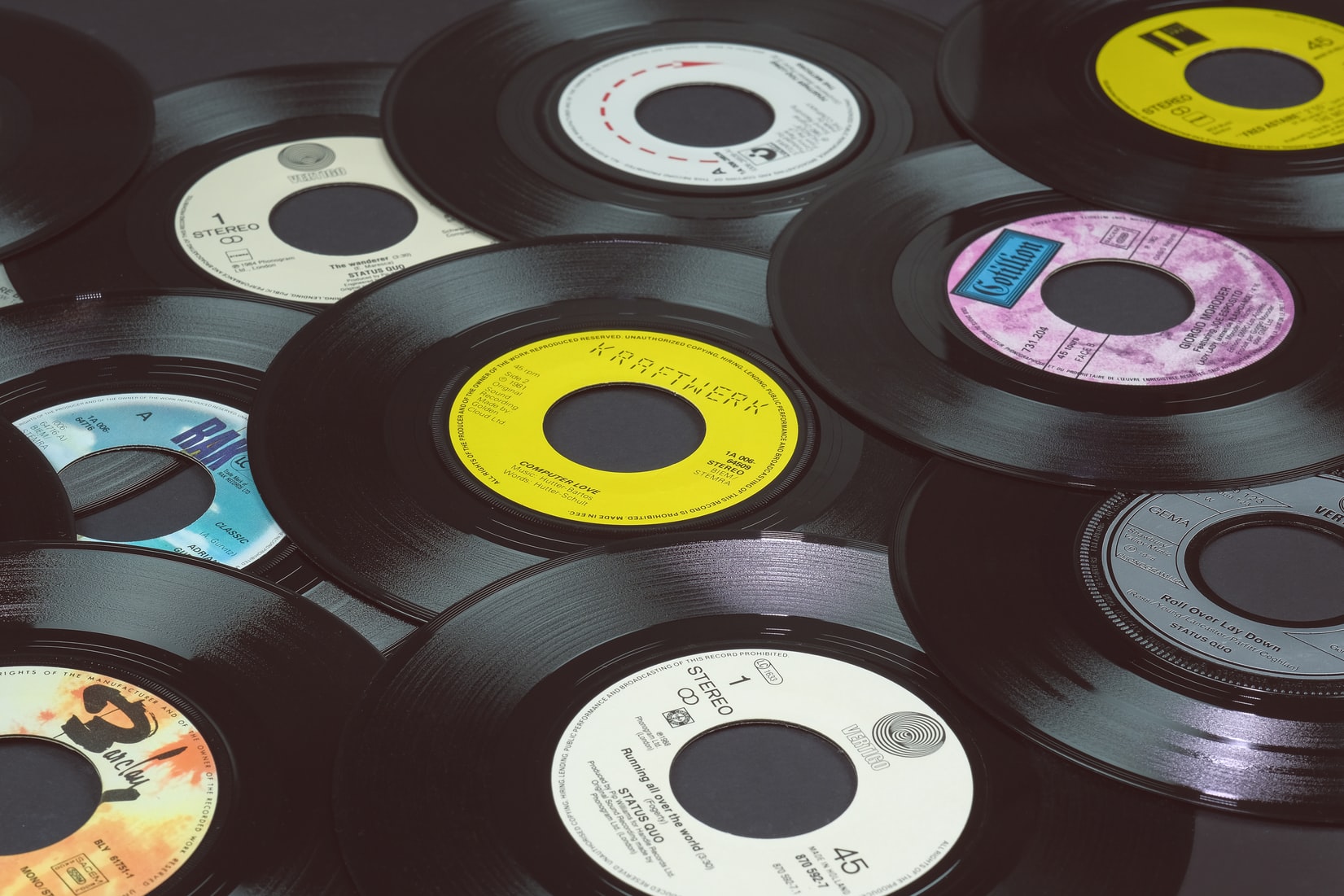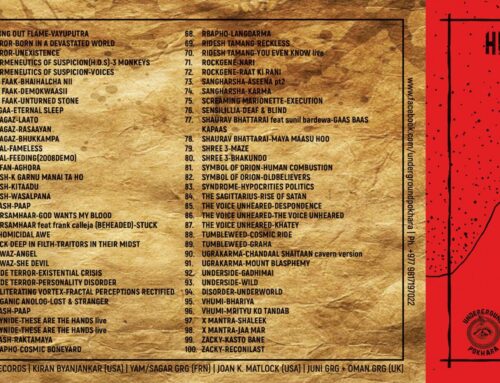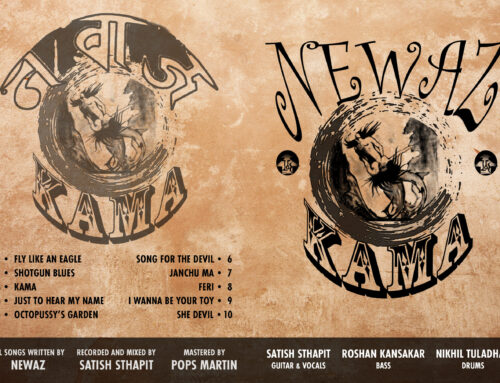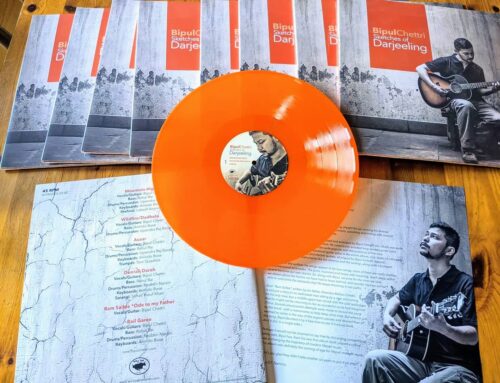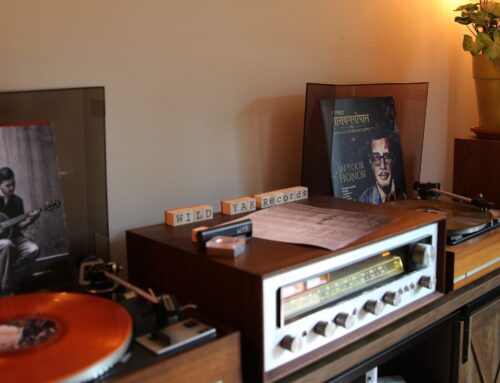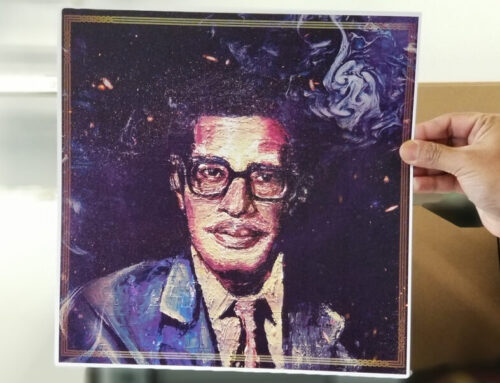Buying second-hand records and figuring out how the Grading System works
If you are starting with your record collection hobby, shopping for used records, understanding the way vinyl is graded can be daunting. Vinyl grading isn’t an exact science and is often based on the seller’s objectivity. That is why looking at the seller’s approval rating along with the grading may give the best picture of the state of the record.
“Goldmine Grading Guide is now the most widely used guide for the buying and selling of vinyl albums. It is used in most eBay auctions and Discogs, the most popular marketplace for the analog format. “
Here are the standard grades for record albums as specified in goldmine guidelines:
MINT (M)
Absolutely perfect in every way. Certainly never been played, possibly even still sealed. Sellers use this sparingly as a grade, if at all.
NEAR MINT (NM OR M-)
A nearly perfect record. A NM or M- record has more than likely never been played, and the vinyl will play perfectly, with no imperfections during playback. Many dealers won’t give a grade higher than this implying (perhaps correctly) that no record is ever truly perfect. The record should show no obvious signs of wear. A 45 RPM or EP sleeve should have no more than the most minor defects, such as any sign of slight handling. An LP cover should have no creases, folds, seam splits, cut-out holes, or other noticeable similar defects. The same should be true of any other inserts, such as posters, lyric sleeves, etc.
VERY GOOD PLUS (VG+) or EXCELLENT (E)
A good description of a VG+ record is “except for a couple of minor things, this would be Near Mint.” Most collectors, especially those who want to play their records, will be happy with a VG+ record, especially if it toward the high end of the grade (sometimes called VG++ or E+).
VG+ records may show some slight signs of wear, including light scuffs or very light scratches that do not affect the listening experience. Slight warps that do not affect the sound are OK. Minor signs of handling are OK, too, such as telltale marks around the center hole, but repeated playing has not misshapen the hole. There may be some very light ring wear or discoloration, but it should be barely noticeable.
VG+ covers should have only minor wear. A VG+ cover might have some very minor seam wear or a split (less than one inch long) at the bottom, the most vulnerable location. Also, a VG+ cover may have some defacing, such as a cut-out marking. Covers with cut-out markings can never be considered Near Mint.
Very Good (VG)
VG records have more obvious flaws than their counterparts in better shape. They lack most of the original gloss found on factory-fresh records. Groove wear is evident on sight, as are light scratches deep enough to feel with a fingernail. When played, a VG record has surface noise, and some scratches may be audible, especially in soft passages and during a song’s intro and ending. But the noise will not overpower the music otherwise.
Good (G), Good Plus (G+) Vinyl
Generally worth 10-15% of the Near Mint value. A record in Good or Good Plus condition can be played through without skipping. But it will have significant surface noise, scratches, and visible groove wear. A cover or sleeve will have seam splits, especially at the bottom or on the spine. Tape, writing, ring wear, or other defects will be present. While the record will be playable without skipping, noticeable surface noise and “ticks” will almost certainly accompany the playback.
Poor (P), Fair (F) Vinyl
Generally worth 0-5% of the Near Mint price. The record is cracked, badly warped, and won’t play through without skipping or repeating. The picture sleeve is water damaged, split on all three seams, and heavily marred by wear and writing. The LP cover barely keeps the LP inside it. Inner sleeves are fully split, crinkled, and written upon.
Additionally,
Most of the time, LPs are sold with two grades, one for the record and one for the cover. You may also find records are graded with only one grade. If an album is graded VG for the cover and VG+ for the record, add the two values together and divide by 2 to get a rough estimate of the value of a “mixed grade” LP.
Most records are graded visually. This is because most record dealers have lots of records — hundreds of thousands in some cases — and they don’t have the time to play their entire stock.
Excerpts from: Discogs, Goldmine, & Electrohome
By Sushil Koirala

